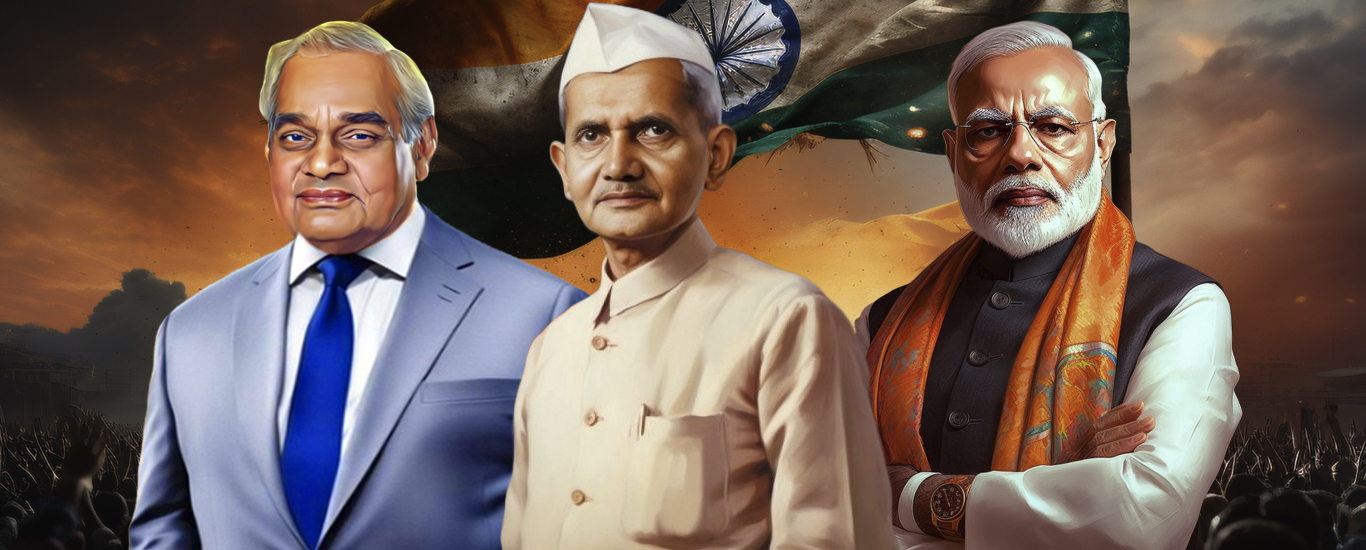Tata Family and their contribution to Indian Industry
One of the industrial conglomerates that lies at the core of India’s success on the global business platform. It has been nearly two centuries since the Tata group has innovated multiple industries in India. They remain a market leader.
The story of Tata took rise during the reign of the British Empire. India was a huge exporter of cotton. The brutal regime of British East India Company left a small room for the development of local entrepreneurs.
As India was an exporting country, the first entrepreneur came from exactly that sector. One of them was Jamsetji Tata, who was the son of an exporter in Mumbai. As his father’s business increased, in 1859 Jamsetji went to China to develop a subsidiary there. He has gradually created his own exporting company in 1869. He started building textile mills of his own.
From the very beginning Jamsetji’s philosophy was to find the best practices used across the world. He wanted to bring it back to India. In his textile mill he enacted policies that were virtually unknown to most of India. He offered sickness benefits and pensions to his employees. Jamsetji wasn’t happy with just the textile mill. He saw wonders in a steel production plant in 1901, modeled after the one he had seen in Germany. Even more ambitious was his hydroelectric project. This was inspired by his visit to Niagara Falls power plant in 1903. He realized the strength of tourism in India as a result he developed a chain of hotels. Beginning with Taj Mahal Palace Hotel which is one of the most marked buildings even today.
He did not live to see most of his projects as he died before that. However he left the already sizeable Tata Company to his two sons. His sons had fulfilled his dreams. They led India’s first steel works in 1907. In 1912, India’s first cement plant was established and the first indigenous insurance company in 1919. In 1938, the leadership had passed on to the next generation, Tata sons comprising 14 different companies.
Instead of going to one of Jamsetji’s grandson, the leadership went on to a distant cousin. JRD, also known as Jehangir Tata had been in the company since 1925. JRD was raised in France. He was a close friend to the man who made the first flight across the English Channel. He was a passionate about it. In 1929 he obtained India’s first pilot license. Without a doubt his first project at Tata was to develop an airline. He created the Tata Air Service which only carried mail. In 1938 he started passenger flights as well. After Independence Government were at odds with private business. India’s first prime minister noticed how successful JRD had been with his airline. He decided to nationalize it in 1953.
Until 1977, he kept JRD as the airline’s chairman and the company started declining from there, leaving ever-increasing debt. In 1945, he developed Tata Motors, with the aim of building locomotives. But in 1954 he branched out into commercial vehicles through a partnership with the German car company Daimler.
52 years of leadership of JRD had increased the Tata Group from 14 to 95 companies. To do that he had extremely lowered the ownership Tata Sons had in each one in order to soothe the socialists.
It was in 1969 the government of India initiated the Monopolies and Restrictive Trade Practices Act. This aimed at Tata though they were very far from a monopoly by western standards.
When he expanded the group and lowered its ownership in the individual subsidiaries, the control was lost from him. There has been a drastic moment where some of his companies just weren’t performing. The man he sent to fix them was Ratan Tata. Being one of Jamsetji’s great-grandchildren, he joined the Tata Group in 1962 to bloom success.
His first major project came in 1971 where he was given duty of a struggling Tata company known as NELCO. In the 1950s it became India’s biggest producer of radios, twenty years later it had fallen to a 3% market share.
Ratan’s aim was on technology and the future, so instead of the radio, he financed the development of new products like satellite communications, which revived NELCO in the 1980s.
Ratan claimed the chairmanship of the Tata Group in 1991
Up until now it had operated in a much protected economy, which was suddenly open to competition from foreign companies.
In the year 2000 Ratan’s buying spree started when his beverage company, Tata Tea, acquired the Tetley Company from Great Britain. Over the next decade Ratan ended up gaining hundreds of companies for pretty much every subsidiary in the Tata Group.
Most notably, in 2007, he bought the European steel titan Corus for $12 billion. In 2008 Jaguar Land Rover for $2 billion and today the majority of their revenues actually come from outside of India.
Contributions
High-speed data pipes are behind the TCS-run software and systems that move data across the country and the world within a short period of time. They are operated by Tata Communications whose network can transfer data from Silicon Valley to Singapore within 180 milliseconds.
120 GW of the country’s aggregate installed energy capacity is engineered or generated by Tata Group. Therefore the electricity required to power the aspirations of modern India is also their contribution. 500 million people have been benefited from the power generated at these plants.
For building and fuelling those power plants Tata Steel plays an important role.
The founder of Tata Group wanted India to climb out of poverty, for this he believed that the finest minds would have to be harnessed. Charity and handouts were not his way, so he established Indian Institute of Science in 1911. Jamsetji promised Rs 30 lakh from his personal fortune towards setting up the institute. This enabled Indian students, regardless of caste and creed, to pursue higher studies.
“Tata Group has played an important role in India’s development,” Modi said after presenting the ‘Assocham Enterprise of the Century Award’ to Ratan Tata, marking the contribution of the business group in the nation’s progress.
Chairman Timelines
- Indian pioneer industrialist, Jamsetji (1868–1904) Tata was the founder of Tata Group. He is the father of Indian Industry.
- Sir Dorabji Tata was born on 27 August 1859 in Mumbai. He studied at Mumbai University. Dorabji became the chairman of Tata Group from 1904 to 1932. He married Meharbai 1897. On 3 June 1932 he died in Bad Kissingen, Germany, at the age of 73.
- Nowroji Saklatwala was the third chairman of Tata group. He was born on 10 September 1875 in Mumbai. On July 21, 1938, he died suddenly from heart failure while in France, aged 62. He was the chairman of Tata Group from 1932 to 1938.
- JRD Tata was the fourth chairman of Tata Group. He was born into a Parsi family in Paris, France. JRD Tata fulfilled his studies from London, Japan, France and India. In the year 1938 at the age of 34, he was elected as the chairman of Tata sons. He died on 29 November 1993, Geneva Switzerland at the age of 89 due to kidney infection.
- Ratan Naval Tata was born in Mumbai in 1937. He had 21 years of chairmanship. He retired in 2012
- Cyrus Mistry, was born on 4 July 1968 in Mumbai. In 2006 he joined Tata sons. He became the chairman in 2012. In 2016, Tata sons voted to remove Mistry from the post of Chairman.
- Natarajan Chandrasekaran became the chairman in the year 2017. He joined TCS in 1987.
With almost 7 lakh workers Tata group has become dramatically successful in India. Most of the success credits goes to the man behind the efforts, Ratan Tata who has added innovations throughout his journey.



